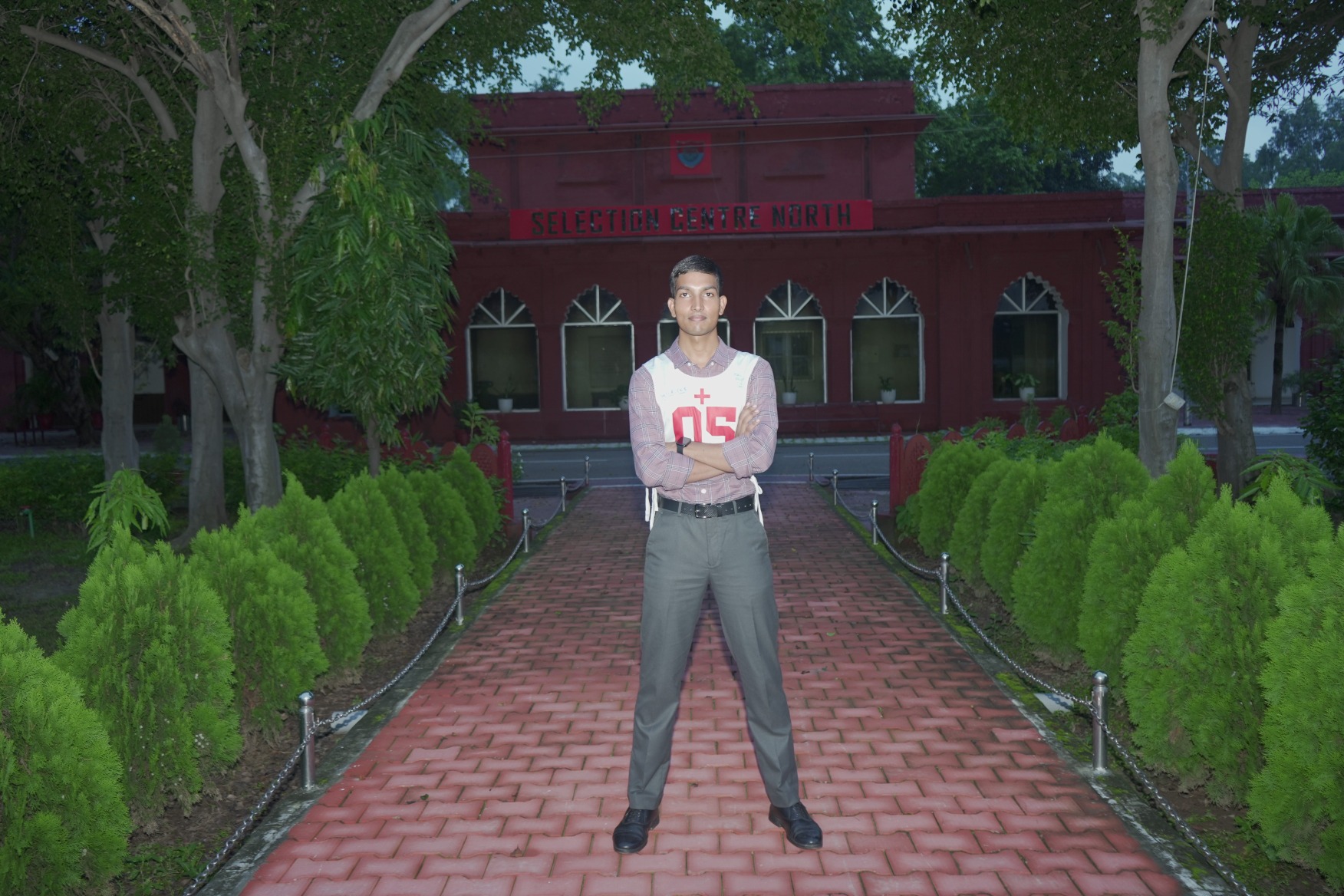Fresh SSB batches start around the 1st & 15th of every month.
Which Strategy is Most Effective in Combating Poverty and Inequality?
1) Economic Empowerment and Livelihood Opportunities
2) Social Welfare Programs
3) Education and Skill Development Initiatives
1. Economic Empowerment and Livelihood Opportunities
- Direct Income Generation:
Self-employment schemes like PMEGP and MUDRA Yojana have helped over 40 million micro-entrepreneurs since inception, directly enhancing livelihoods. - Women-Led Growth:
SHGs under NRLM have economically empowered rural women—bringing both income and dignity. - Micro and Informal Sector Support:
93% of India’s workforce is informal. Initiatives like e-Shram Portal and Street Vendor AtmaNirbhar Nidhi (PM SVANidhi) aim to formalize and uplift them. - Limitations:
Often constrained by low market access, poor infrastructure, and irregular earnings, especially in rural areas.
2. Social Welfare Programs
- Short-Term Relief and Safety Net:
Programs like PMAY, MGNREGA, PDS, and Ayushman Bharat help meet basic needs, reducing absolute poverty. - Direct Benefit Transfers (DBT):
As per a 2023 report, DBTs have reduced leakages in subsidies by over 45%, improving welfare delivery. - Redistributive Role:
Welfare measures act as a cushion for the most vulnerable, preventing the poverty cycle from worsening due to sudden shocks like COVID-19. - Limitations:
They often foster dependency, and without parallel empowerment measures, they don't ensure long-term escape from poverty.
3. Education and Skill Development Initiatives - Breaking Intergenerational Poverty:
Universal education access through schemes like Samagra Shiksha and PM SHRI Schools empowers future generations. - Employability over Education:
Vocational training and upskilling programs under Skill India, PMKVY, and tie-ups with private sectors are crucial in bridging the job-readiness gap. - Social Mobility Enabler:
Education reduces inequality in the long run by expanding income opportunities, especially for SC/ST/OBC and rural youth. - Limitations:
Quality of education and mismatch between training and actual job market needs still remain major challenges.
Conclusion: While all three strategies are vital, education and skill development offer the most sustainable and long-term solution to combat poverty and inequality. By enabling upward mobility, reducing dependency, and aligning with India’s demographic dividend, it empowers individuals and transforms families for generations. However, it must be integrated with welfare and livelihood initiatives for full impact.
